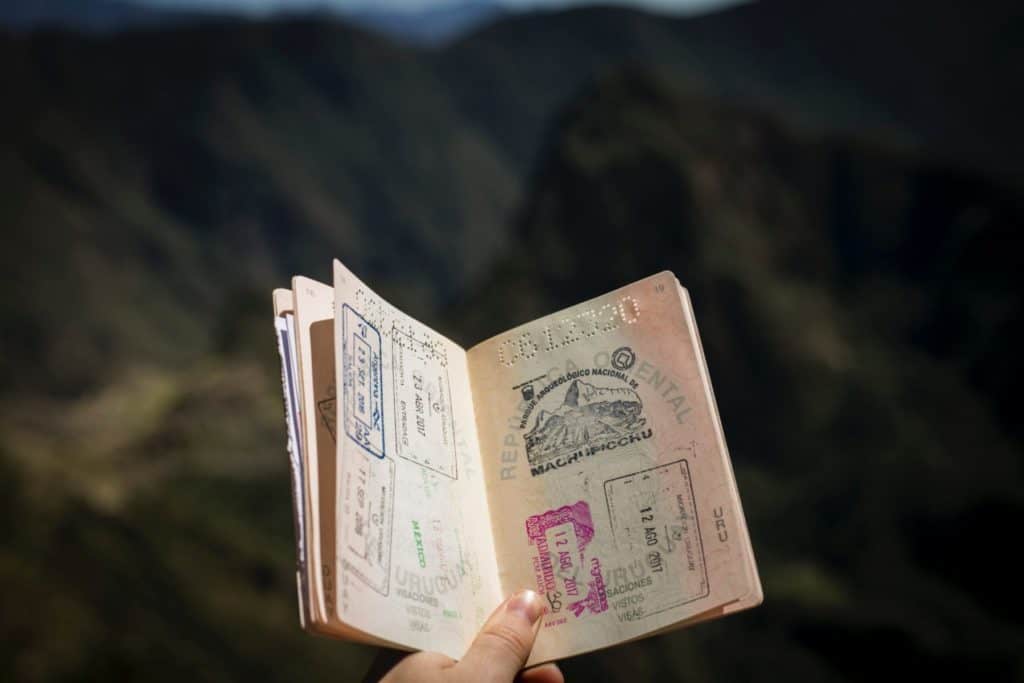There are harsh consequences for people who have stayed in the US beyond their authorized period of stay. Once your authorized period of stay expires, you will begin accumulating unlawful presence. This is serious because unlawful presence that totals 180 days results in a three year unlawful presence bar from entering the United States. Unlawful presence that totals 360 days results in a ten year unlawful presence bar. This bar kicks in upon departure from the US.
Recently, an understandably concerned woman contacted me about her sisters who were dealing with an unlawful presence bar. Her sisters had been in the US on valid visitor visas many years ago. Unfortunately, the sisters overstayed on their visas. As a result, when they later attempted to enter the United States on non immigrant visas, they were denied entry. This situation was causing a lot of heartache for the sisters who had always been close. Fortunately, for this family that was feeling the stress of the bar, there was a possible solution. The solution for those in this situation comes in the form of the non immigrant waiver, which is also referred to as the 212d3 waiver or the Hranka waiver. This post provides a brief overview of the 212d3 immigration waiver so that you can evaluate if it may be a solution for you.
Who can use the 212d3 Immigration Waiver?
The 212d3 immigration waiver is for “non immigrants” who are barred from entering the United States. Non immigrants are people who are not planning to stay in the US permanently. For example, those who enter the US on a B1 Visa or a B2 Visa are “non immigrants” because they intend to return to their home country. On the other hand, people who enter the United States after an approved I-130 and a successful interview at the consulate receive an immigrant visa because they plan on staying in the United States permanently. If you are applying for a non immigrant visa, such as a B2 visa or an H1b you can file a 212d3 waiver in conjunction with your non immigrant visa.
Can I Apply for a 212d3 Immigration Waiver if I entered the United States Illegally?
Yes. One of the benefits of the 212d3 immigration waiver is that it is available to most people who have bars to entry. There are a few reasonable exclusions for political and security grounds such as espionage or terrorism. Most of the common grounds for inadmissibility can be waived with a 212d3 immigration waiver. These grounds include unlawful presence, entry without inspection, criminal grounds and fraud.
What effect does an order of removal have on the 212d3 Immigration Waiver?
If you have been ordered removed from the United States, you may first have to apply for permission to seek readmission. This is required if you are planning to apply for the waiver and enter the United States within five years of expedited removal(removal shortly after the time of entry), within 10 years of being removed during a standard removal process or within 20 years if you were convicted of an aggravated felony. So, if you have been deported and are subject to a ground of inadmissibility, you may need to apply for permission to reapply (the I-212) and for a 212d3 waiver depending on how much time has passed since your deportation.
What are my chances to receive a 212d3 Immigration Waiver?
It is understandable that people oftentimes ask their immigration lawyer about the odds of a successful 212d3 immigration waiver. Unfortunately, it is hard for immigration lawyers to answer this question because the success of this type of immigration waiver is determined by a number of variables. However, if you interested in 212d3 immigration waiver, you should start by putting yourself in the shoes of the consular officer who will be the decision maker. These officers follow the standard that was set forth in a court case called Matter of Hranka. As a starting point, you should look at these factors so that you can determine if you may have a good waiver case.
What Factors are Considered for the 212d3 Immigration Waiver?
Matter of Hranka lays out a number of factors that Department of Homeland Security considers in deciding if the waiver should be granted. These include: 1) The risk of harm to society if the applicant is admitted 2) The seriousness of the applicant’s immigration or criminal violations 3) The applicant’s reason for seeking entry.
What is the Process for Obtaining a 212d3 Immigration Waiver?
If you are entering the United States from Canada, the form that is used to obtain the waiver is the I-192. When you apply for the waiver outside of Canada, you can simply request the waiver orally at the time of the interview for the non immigrant visa. At the interview, you can submit two to three pages maximum to state your case. The consular then makes a recommendation and sends the short document to the Administrative Review Office(ARO). After the material has been submitted with a recommendation, the ARO issues a decision. The wait for the decision can take anywhere from a few days to a year.
Conclusion
I hope that this post serves as a starting point for you to decide if the 212d3 immigration waiver is right for you. The fact that the consular officer will not consider more that two or three pages makes the process challenging.
Mark Twain once famously said “I didn’t have time to write a short letter, so I wrote a long one instead.” The material that you submit to the consular officer has to be short, concise and pack a punch in order to obtain the waiver. This is best accomplished by contacting an immigration lawyer who can maximize your odds of success.

